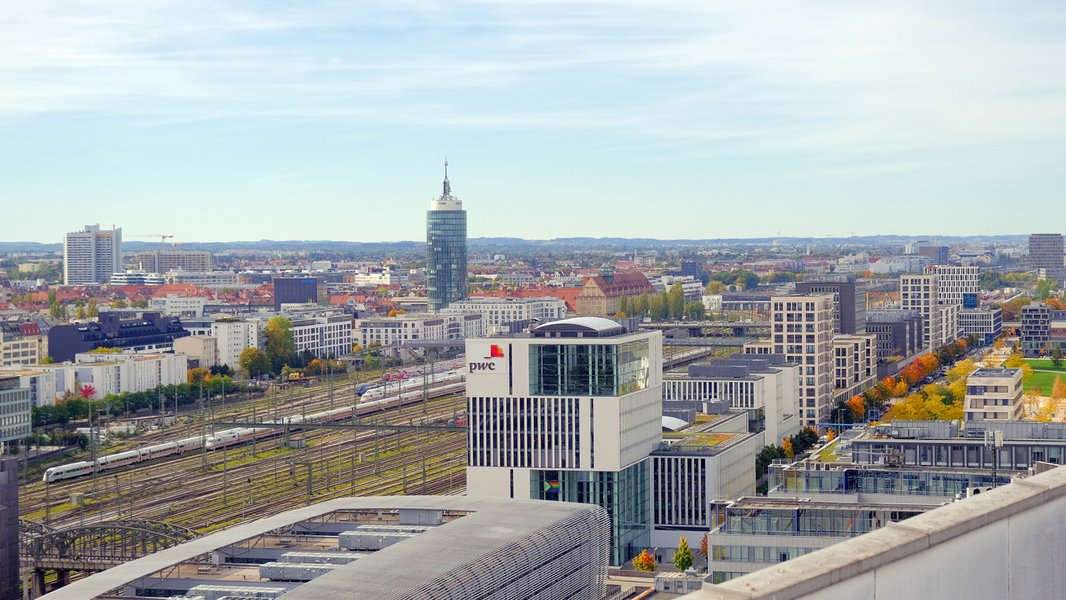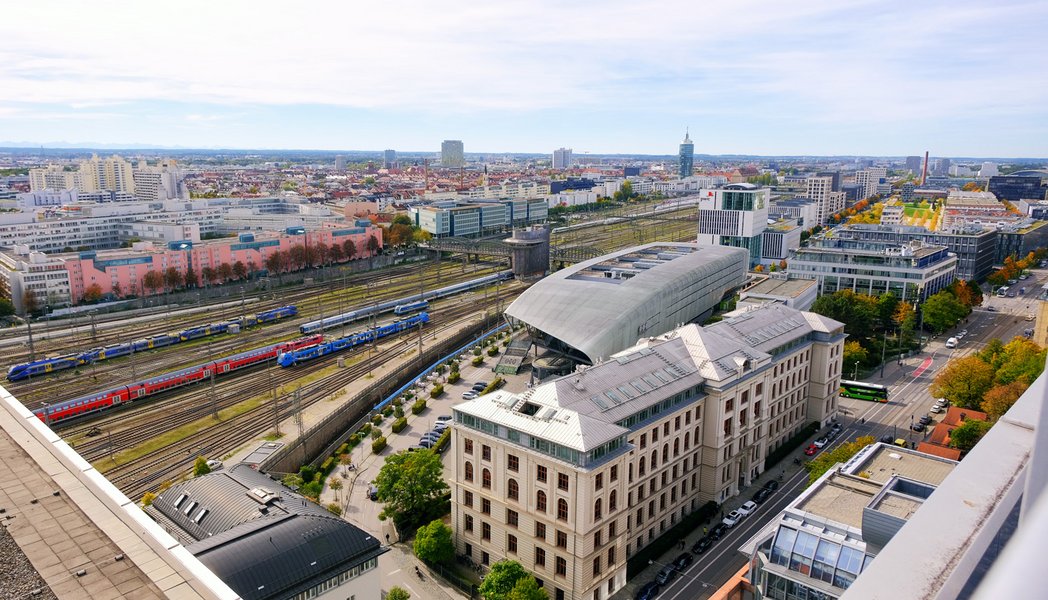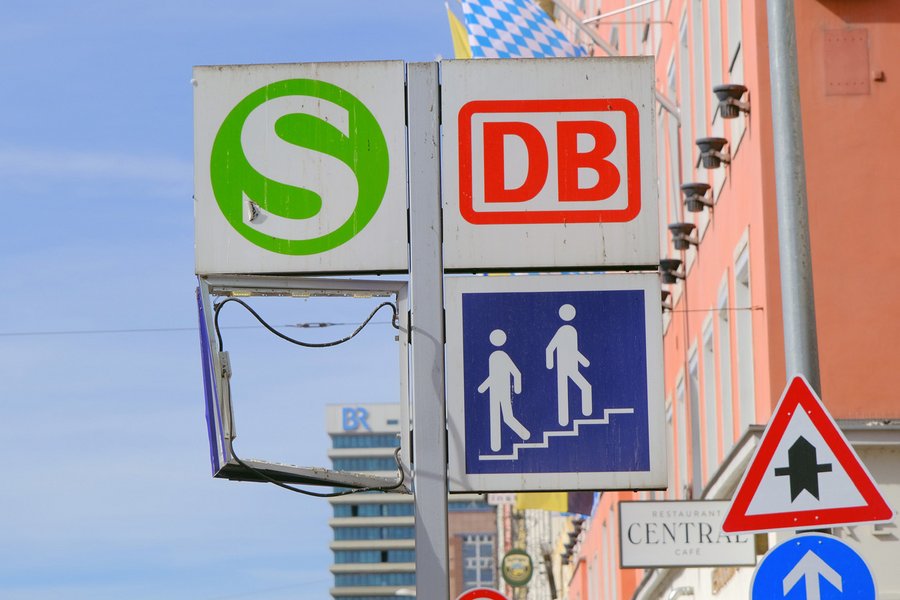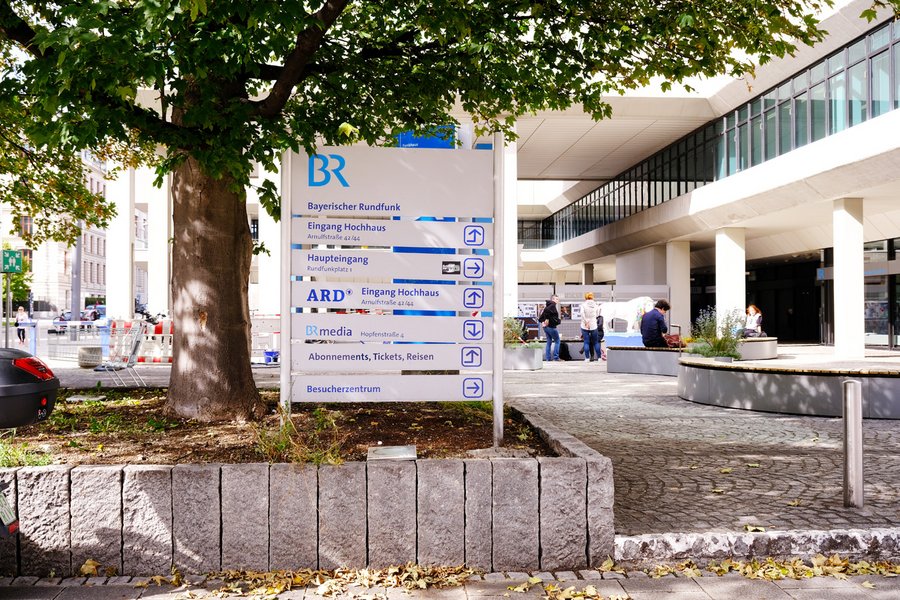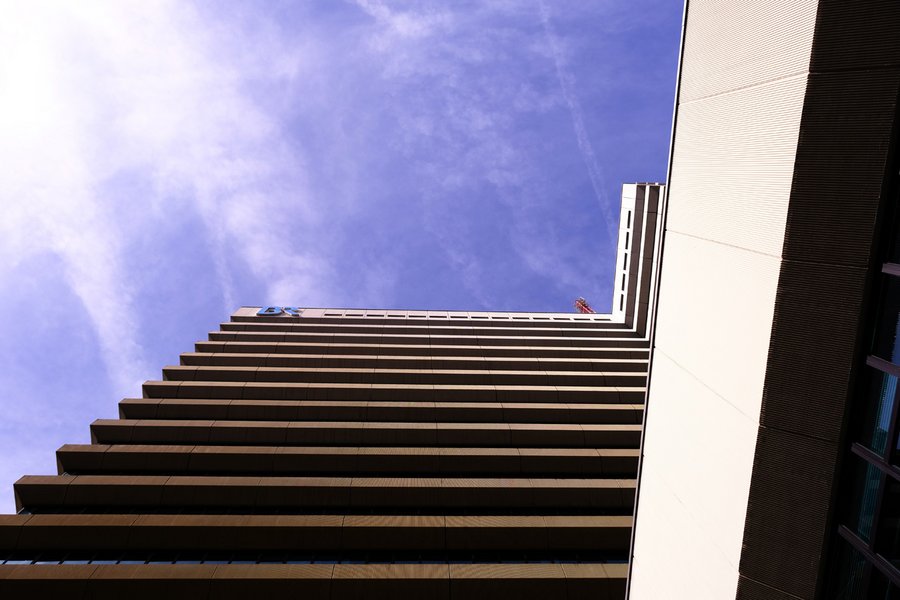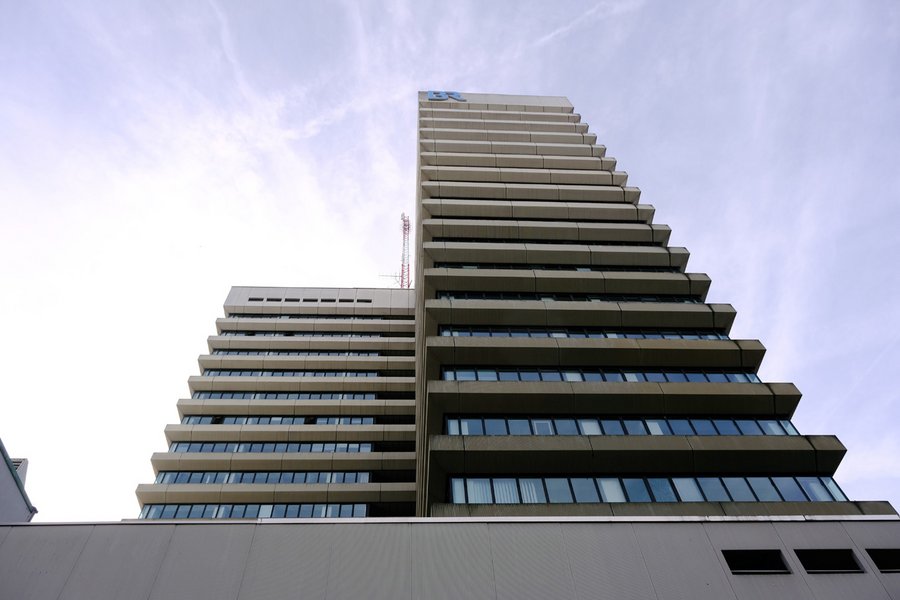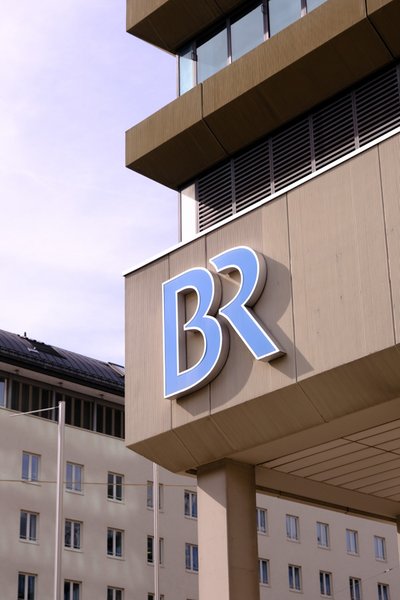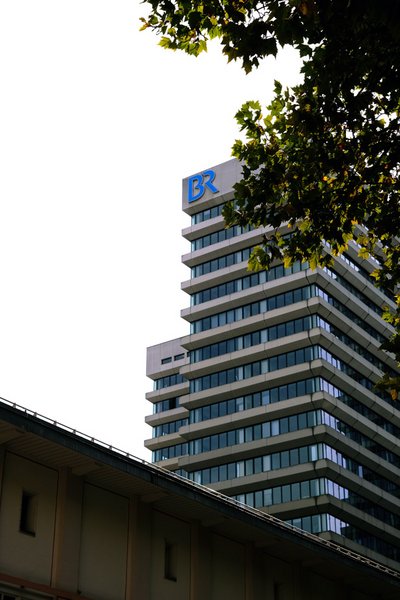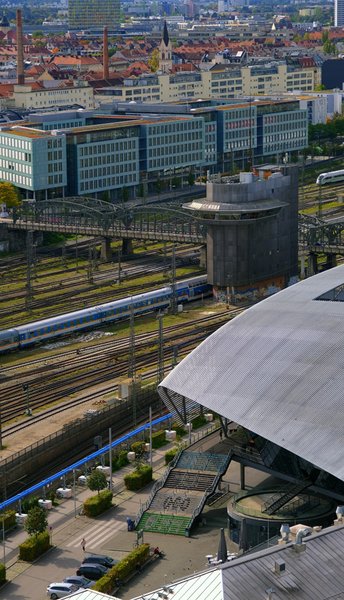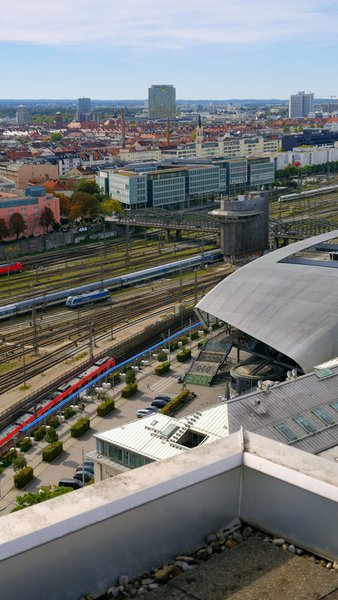Isar Valley Downtown
Project MA
Urban Design Research Studio
Team : Benedikt Boucsein, Elif Simge Fettahoğlu Özgen, Magdelena Müller
Isar Valley Downtown
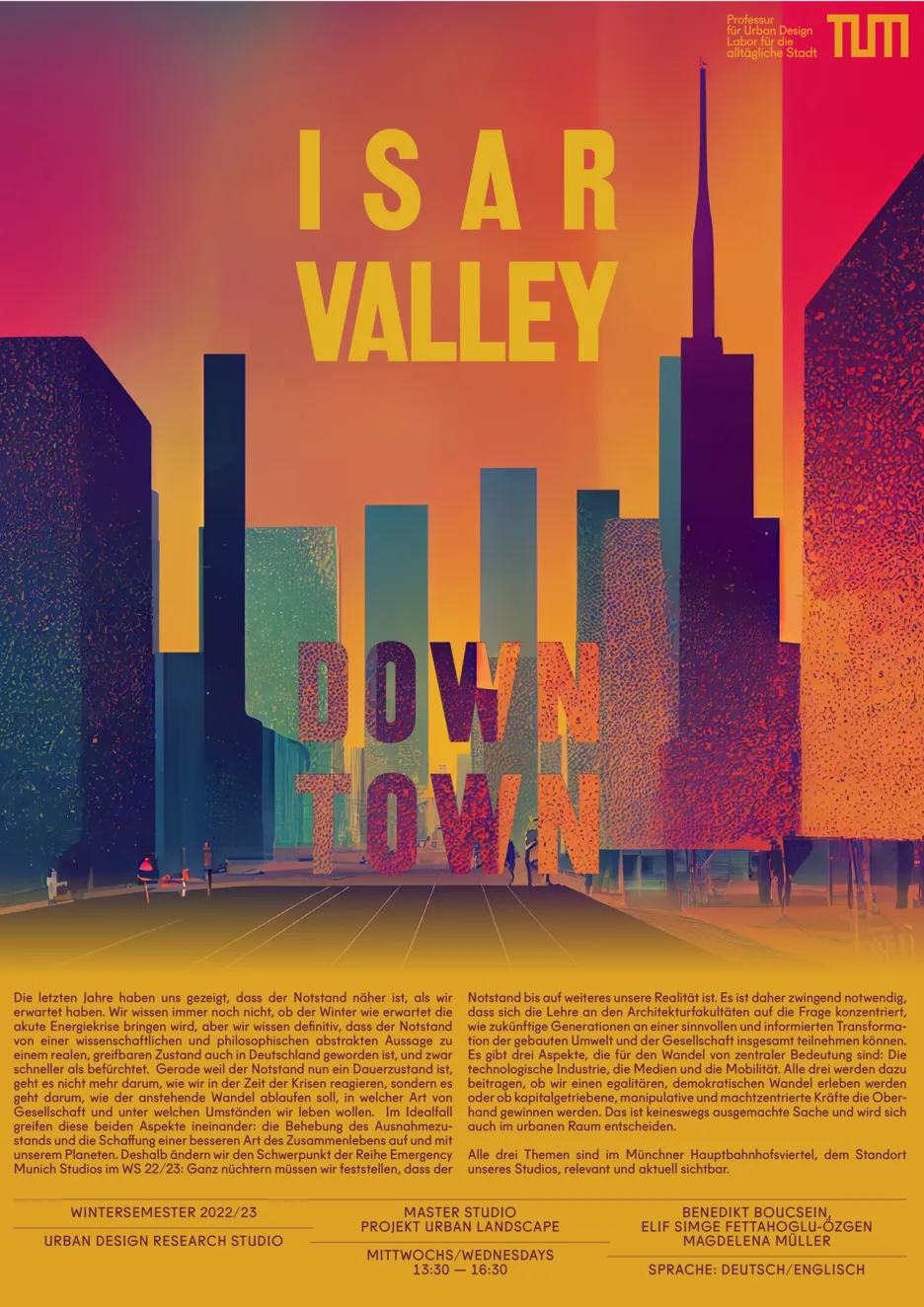
The last years have shown us the emergencies are closer than we anticipated. We still do not know if winter will bring the acute energy crisis, as anticipated, but we definitely know that the state of emergency has gone from being a scientific and philosophical abstract statement to a real tangible condition in Germany as well, faster than feared. Precisely because the emergency is now a permanent condition, it is no longer about how we react in the time of the crises, but it is more about how the upcoming change should happen, in what kind of a society and in which circumstances we want to live. Ideally, these two aspects intertwine: to remedy the state of emergency and to establish a better way of living together on and with our planet. That is why we are changing our focus of the series of Emergency Munich Studios in WS 22/23: quite soberly, we have to state that the state of emergency is our reality from now until further notice. It is therefore imperative that teaching at architecture faculties focus on the question of how future generations can participate in meaningful and informed transformation of the built environment, and society at large.
There are three aspects that are central to the transformation: The tech industry, the media, and mobility. All three will help determine whether we will experience an egalitarian, democratic transformation or whether capital-driven, manipulative, and power-centered forces will gain the upper hand. This is by no means a foregone conclusion, and will also be decided in urban spaces.
All three themes are relevant and currently visible in the Hauptbahnhof district of Munich, which is the site for our studio.
Transformation Tech: The conversion of the Arnulfpost by Google and the probable move of Apple into the "Elementum" on Schwanthalerstrasse can be seen as harbingers of a fundamental transformation of the neighborhood by the increased influence of the tech industry. More and more, the area is getting on the target of international investors. This development comes up against a small-scale, multicultural neighborhood that still serves as an "arrival city" for immigrants from all over the world and is characterized by numerous small stores and cosmopolitan character. The question that applies to the entire Munich metropolitan area, namely whether further influx of the tech industry will lead to an "Isar Valley", with even higher rents and living costs, could thus become particularly accentuated in the Bahnhofsviertel. We want to ask the question: What kind of city do tech employees want? How is it compatible with other interests? What alternatives are there to corporate office complexes? And above all: what role does tech play in the state of emergency, how might the neighborhood express this in the future?
Transformation Media / BR-Campus: The Bahnhofsviertel is home to the headquarters of the media institution Bayerischer Rundfunk (BR) in a landmark high-rise built in 1974-76. Also, various smaller radio stations are located in the southern part of the Bahnhofsviertel. At a time when the so-called “mainstream” media are being questioned and competed with by “alternative” media, institutions like BR take on a heightened importance. At the same time, the BR site has to be rethought as many facilities are relocating to a campus in Freimann. In thinking about the development of a new inner-city BR-Campus, we want to ask the question: How can media in the future also connect more strongly with the public in terms of urban space? How will corresponding building complexes be further developed under the given conditions, what are the needs of bottom-up media enterprises? And how do we communicate in and about the emergency? In the studio, we will actively engage with BR representatives and will be visiting the facilities.
Transformation Mobility: The reconstruction of Munich's main train station is in full swing. However, the plans seem to concern only the front part and are strongly focused on shopping. However, the area towards the ZOB and the Paul-Heyse underpass are also crucial for better urban integration. There is also the question of how the desired low-car design of Munich's city center will concretely affect the area around the station. We want to ask the question: How can the back become a front, and how can the marginalization of the neighborhood thus be lifted to some extent? And again, the question: how do we create this change under conditions of emergency? Through a lean but decisive rebuilding?
In the amalgamation of these themes, we will design the "Transformative Downtown" against the backdrop of the various states of emergency that have already occurred and are expected to occur. The design will be political, radical, and unsparing, extending from the building level to the urban space.
The group “Transformation Tech” deals with participatory processes running this winter in the area and gets involved in these processes. Furthermore, it will conduct research in a rather secretive industry. The “Transformation Media / BR Campus” group develops a spatial design for the central BR site into an open, multi-use spatial structure, in dialogue with the relevant people at BR. And the group “Transformation Mobility” questions the entire space with regard to its use as a traffic area, especially difficult places like the Paul von Heyse underpass or the bus station. Ideally, all three groups are of equal size, but a stronger focus on one of the topics is also possible.
Each of the three themes will be dealt with by a "WG" composed of the members of the three geographically located groups. A fourth WG will prepare the masterplan. In this composition, the studio becomes an intensive co-working environment.
Outputs: The studio will culminate in an exhibition format and open discussion. The format of the exhibition will be designed during the course. Apart from the exhibition material, each group will submit a logbook, documenting the progress of the studio.
